Day 1
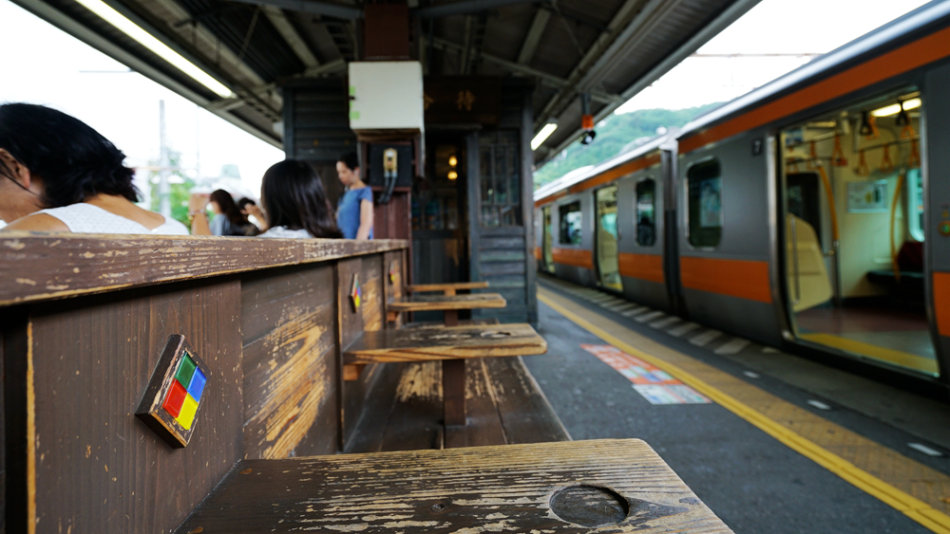
Ome Station 1
Ome Station retains a strong Showa era vibe. The wooden benches on the station platform, as well as the rest area, have distinctive features of the Showa era. Arriving here made me feel like I'd travelled through time. Everything is so different from the bustling Tokyo metropolis.
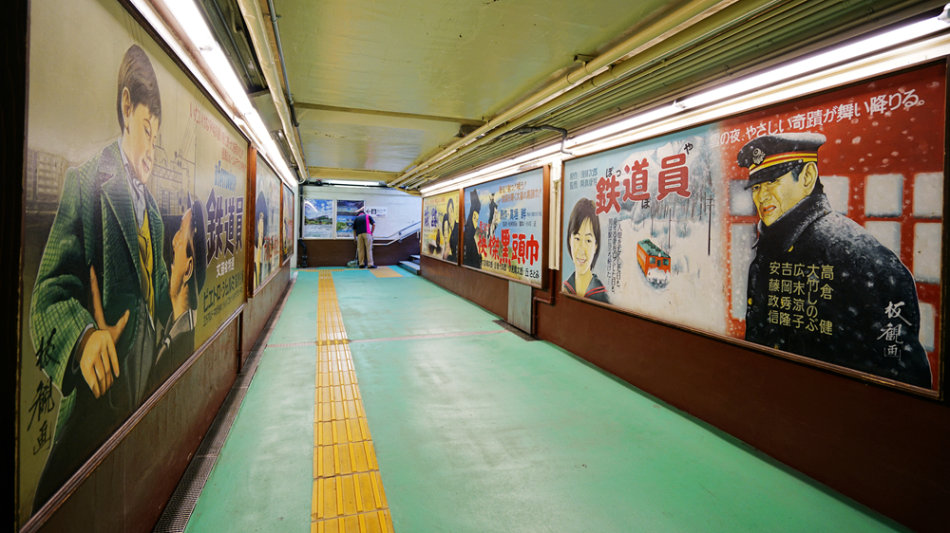
Ome Station ②
The linked passageways of the station and the ticket hall are adorned with numerous film posters from the Showa era,
showcasing the distinctive features of Ome.
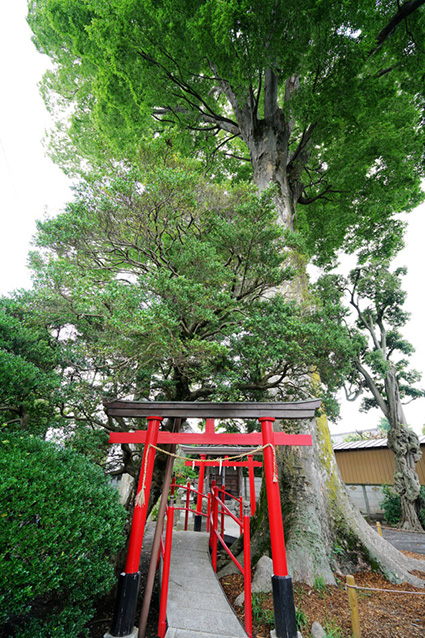
Minami Inari Shrine
Minami Inari Shrine is about a 10-minute walk from Haijima Station. It can be easily found using Google Maps. The most famous feature of the Minami Inari Shrine is the tall and majestic Zelkova tree next to the red torii gate.
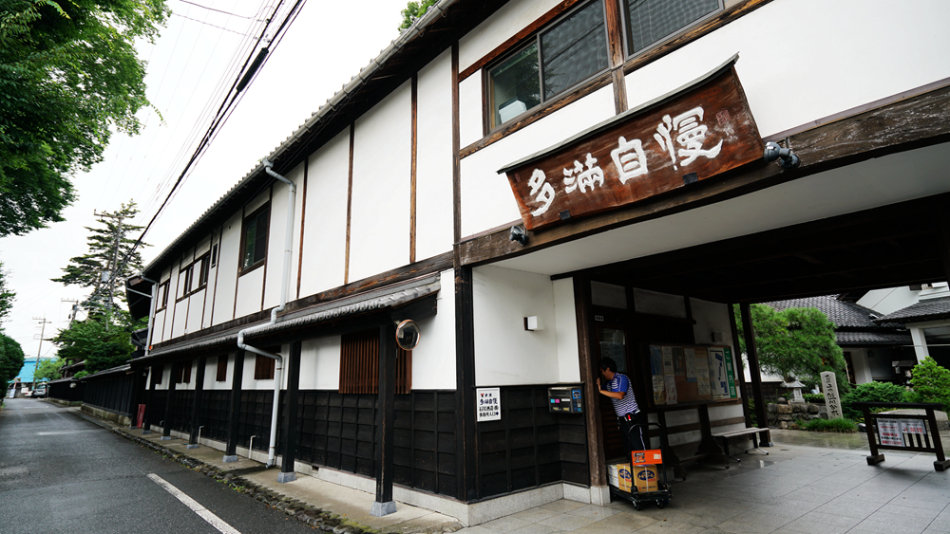
Ishikawa Brewery 1
Next to Minami Inari Shrine is Ishikawa Brewery, which was established in 1863.
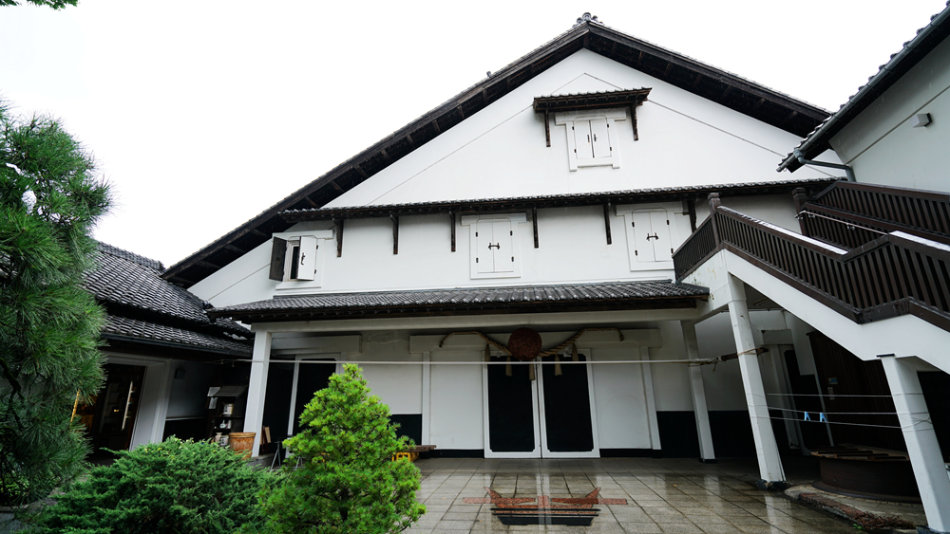
Ishikawa Brewery 2
This building is the place where sake was first brewed over 100 years ago. It is now registered as a tangible cultural
property of Japan.
Ishikawa Brewery offers guided tours by appointment, with the entire visit taking one hour.
Ishikawa Brewery offers guided tours by appointment, with the entire visit taking one hour.
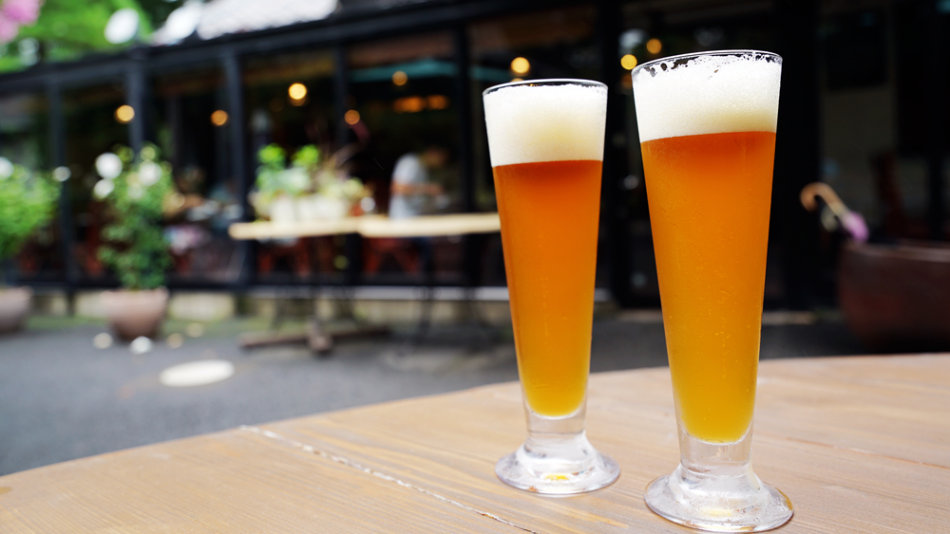
Ishikawa Brewery 3
After the tour, at Fussa Brewpub you can also have tasting of Ishikawa Brewery's own sake, "Tama no Megumi" and "TOKYO
BLUES".
In addition, the brewpub also offers delicious food such as pizza and locally made sausages, so you can have your lunch here.
In addition, the brewpub also offers delicious food such as pizza and locally made sausages, so you can have your lunch here.
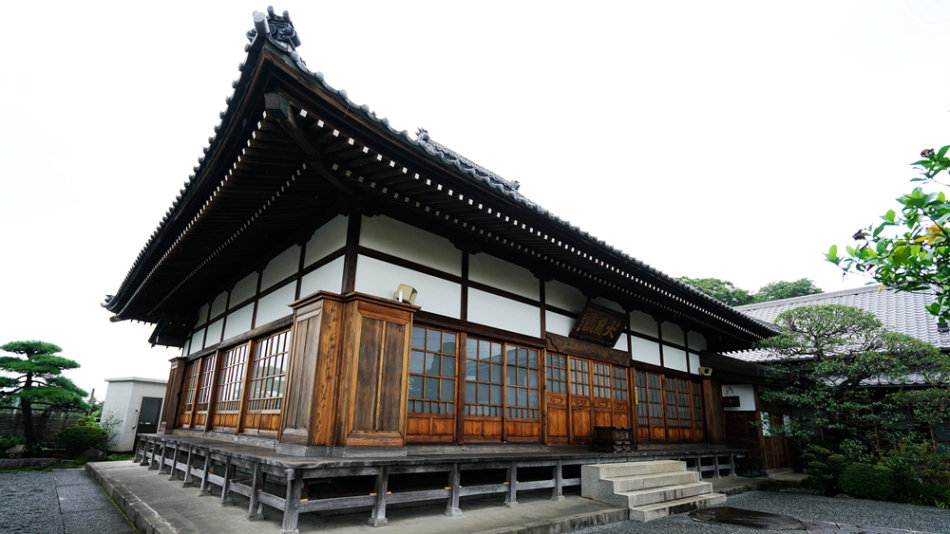
Senjuin Temple
Senjuin Temple is a typical Japanese-style temple. The wooden-carved lions on the bell tower have a unique and
distinctive appearance.
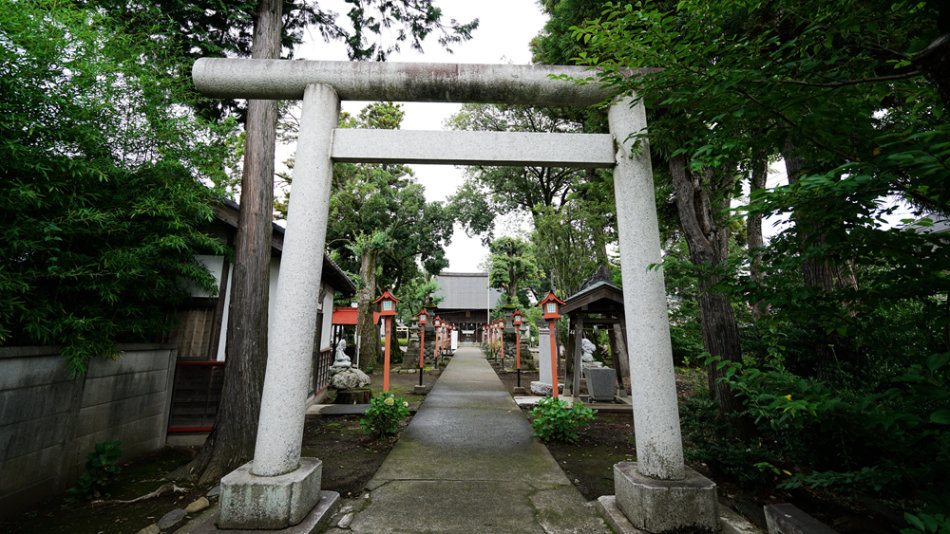
Kumagawa Shrine
After leaving Senjuin Temple, I walked along Kumagawa Aqueduct, and soon reached Kumagawa Shrine. When I reached Kumagawa Shrine, it was noon, and there was no one else besides me and the tour guide. At Kumagawa Shrine, there are local deities known as the Fussa Seven Lucky Gods, which include gods similar to our country's Fu Lu Shou, the god of wealth Mahakala, and deities of beauty, among others.
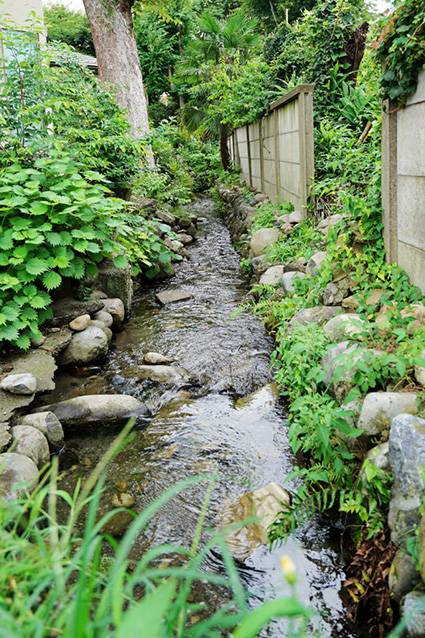
Kumagawa Aqueduct
Kumagawa Aqueduct was constructed between the 19th year of the Meiji era (1886) and the 23rd year, by the residents of
Kumagawa Village, led by the Ishikawa family. They diverted water from Tamagawa Aqueduct to their homes for daily use.
At that time this project benefitted the local residents. Even though we now have running tap water, the water from Kumagawa Aqueduct continues to serve its purpose, and its
quality remains clear and pristine.
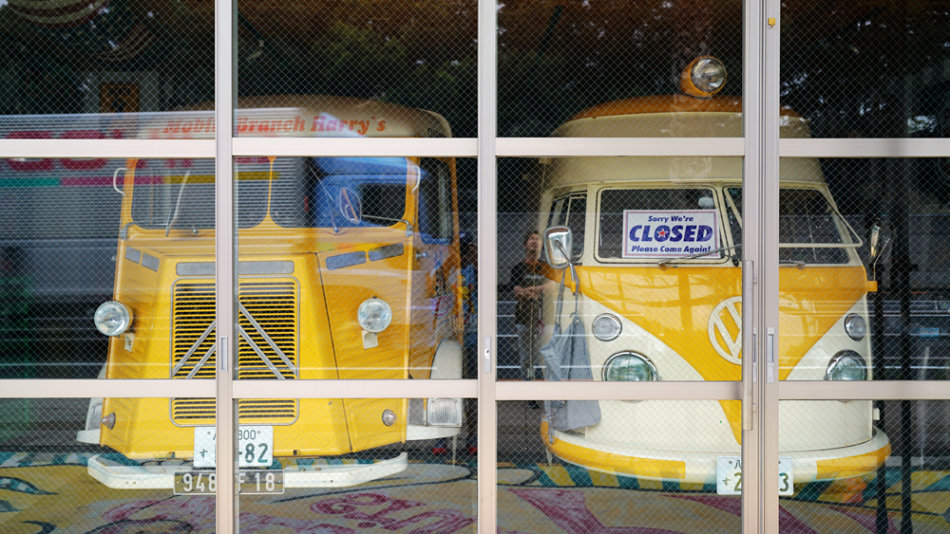
Base Side Street 1
The presence of the U.S. military base- Yokota Air Base- across the road had resulted in this small street having an
American-style atmosphere. The street is lined with many American-style shops selling various replica military uniforms, unique souvenirs, and
American culture relics. It suddenly made me feel as if I hadn't yet returned from Route 66 in the United States.
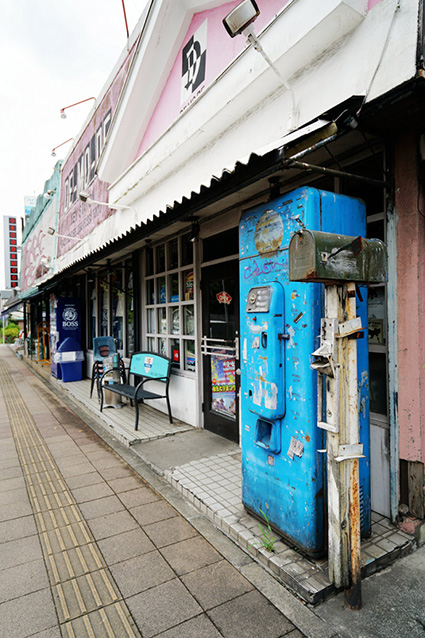
Base Side Street 2
The worn-out gas pumps totally in the style of Route 66.
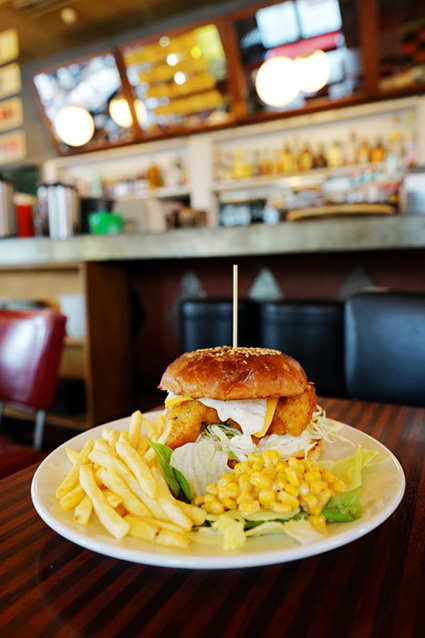
Base Side Street 3
A burger place named DEMODE DINER caught my interest. Since I hadn't had lunch, it was just about time to recharge my
batteries.
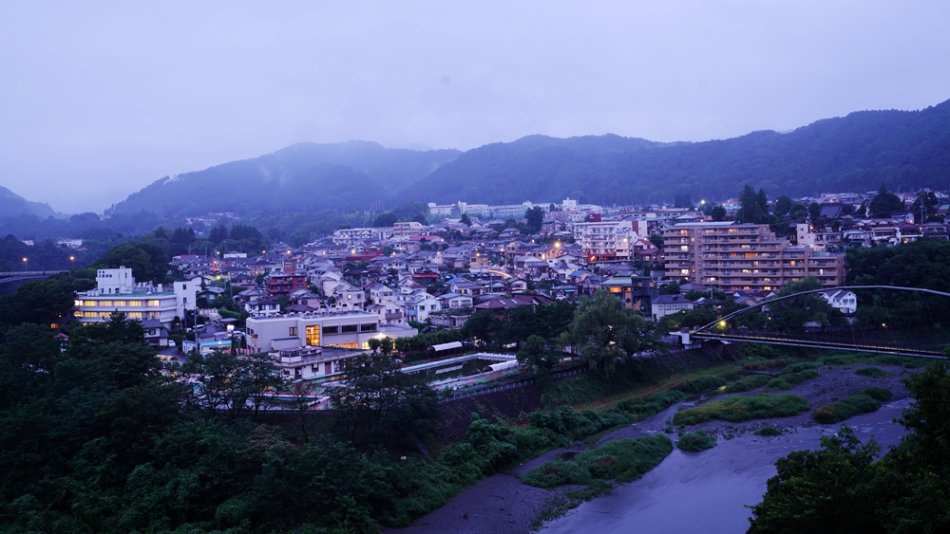
Kanpo no Yado
I returned to Kanpo no Yado, where I was staying, for a rest. When I pushed open the window of the hotel room, the scene before my eyes mesmerized me. The meandering Tama River flowed before my eyes, with the distant, neatly arranged residential areas and mountains
creating a sense of tranquility.
Japanese hot spring resorts typically offer a stay with two meals (including breakfast and dinner), so we enjoyed a local traditional Japanese course dinner at the hotel.
Japanese hot spring resorts typically offer a stay with two meals (including breakfast and dinner), so we enjoyed a local traditional Japanese course dinner at the hotel.

